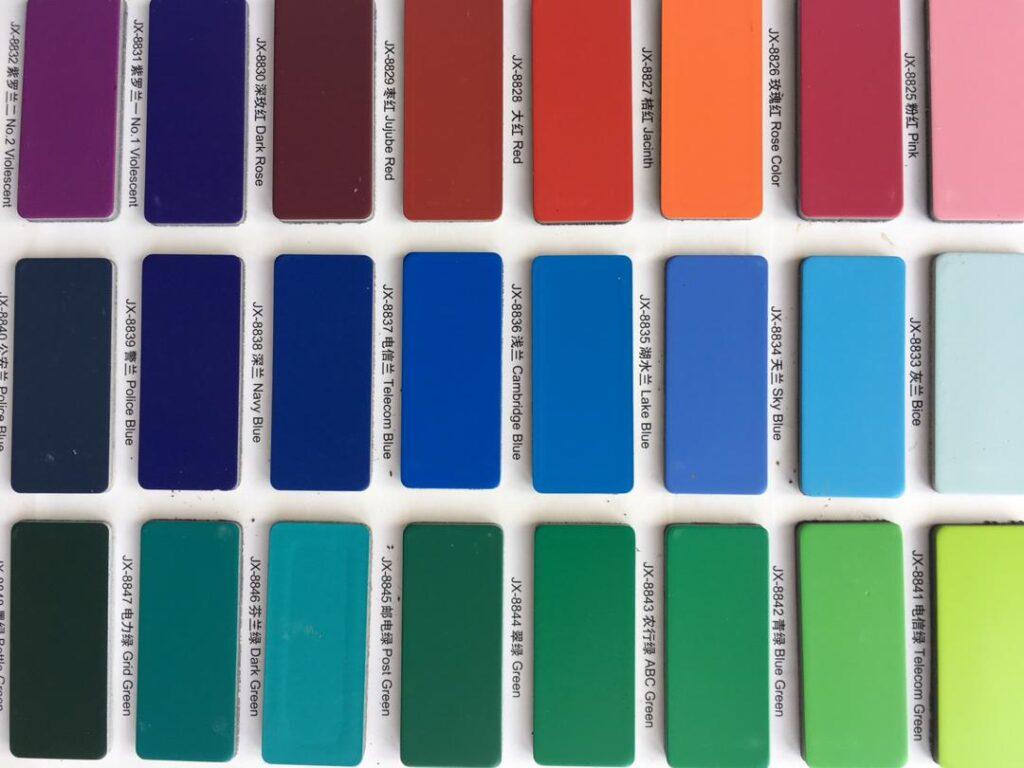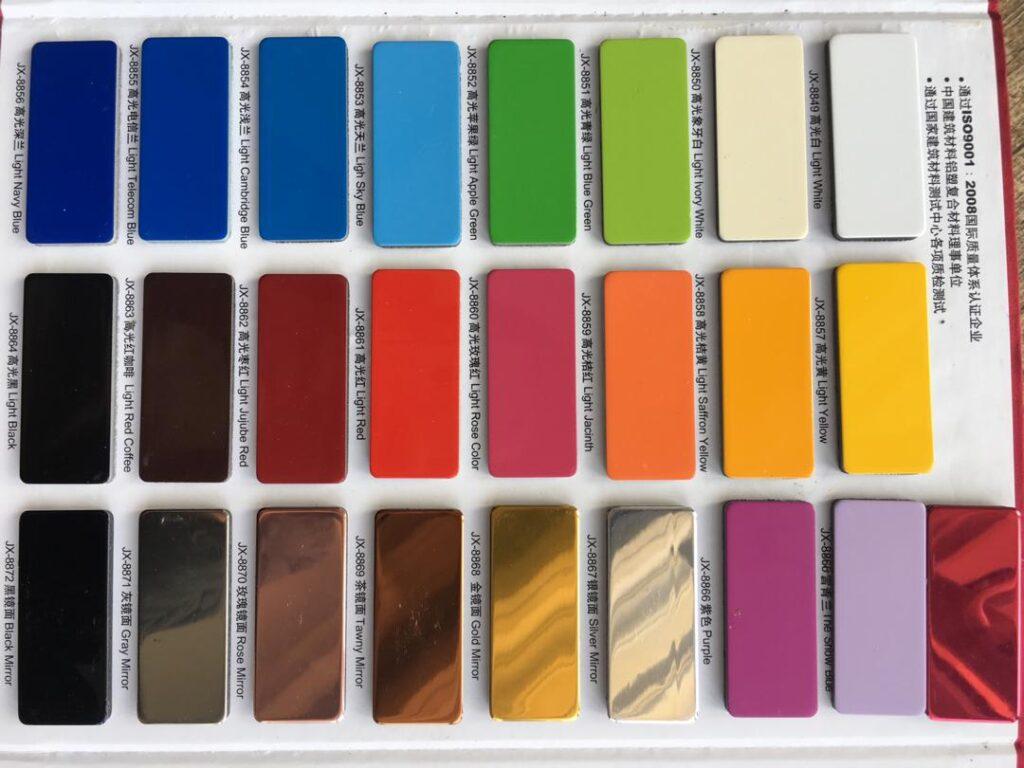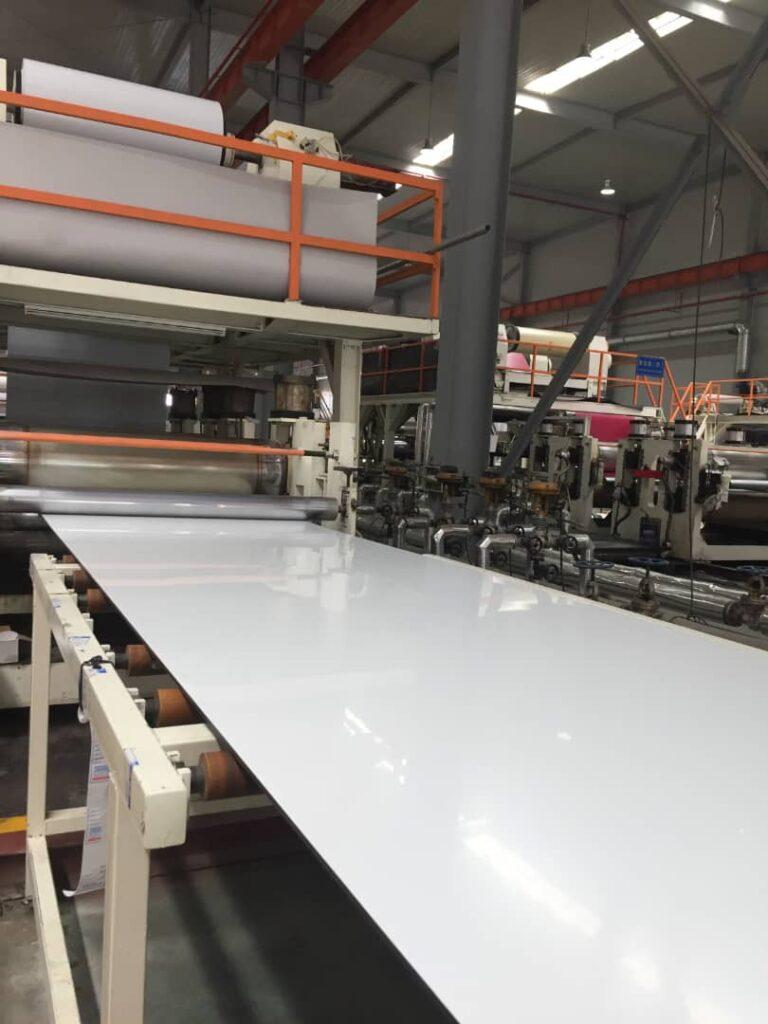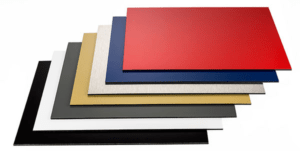Aluminum composite material, also known as ACM, is a popular building material that is used in various construction and architectural projects. ACM is a sandwich-type material that is made up of a core of polyethylene or other plastic material, which is sandwiched between two thin aluminum sheets. This combination of materials results in a strong, lightweight, and durable material that is ideal for a range of applications, including walls, facades, partitions, and more.
Acrylic plexiglass, on the other hand, is a type of thermoplastic that is known for its transparency, strength, and weather resistance. It is a versatile material that is used in a variety of applications, including window replacements, skylights, signboards, and more.
When it comes to using ACM and acrylic plexiglass together in construction projects, there are many benefits to consider. The combination of these two materials provides a high level of durability, strength, and weather resistance, making it ideal for use in harsh outdoor environments. Additionally, the transparency of the acrylic plexiglass allows for natural light to penetrate the building, reducing the need for artificial lighting and helping to reduce energy costs.
Another advantage of using ACM and acrylic plexiglass together is the design flexibility they offer. ACM is available in a range of colors, finishes, and textures, allowing for custom design and aesthetic options to match the overall design of a building. Meanwhile, acrylic plexiglass can be easily shaped, drilled, and fabricated to fit into almost any design.
Overall, ACM and acrylic plexiglass are two versatile and durable materials that offer many benefits when used together in construction projects. Whether you’re looking to build a new building or renovate an existing one, this combination of materials is a great option to consider for your next project.
Contact US Now for Aluminum Composite Material





